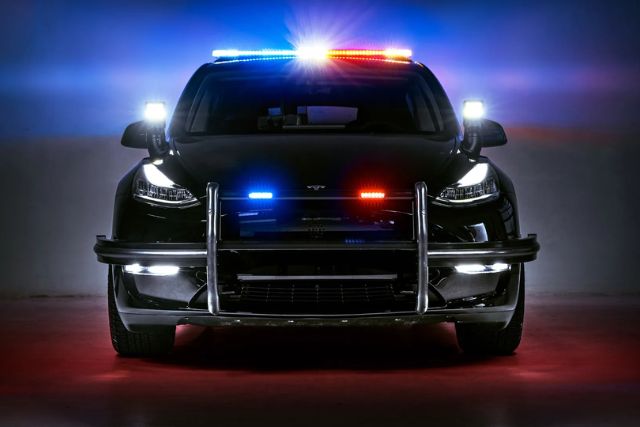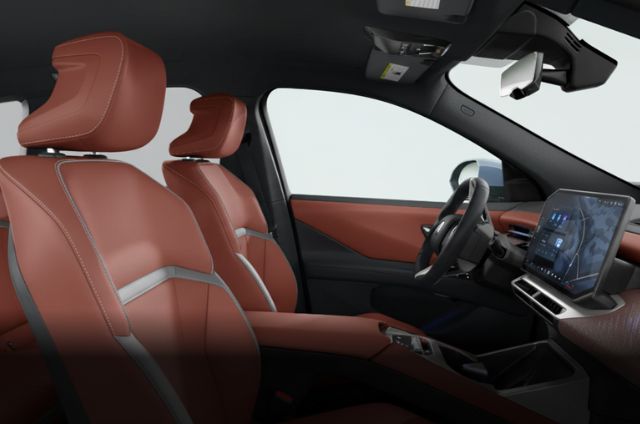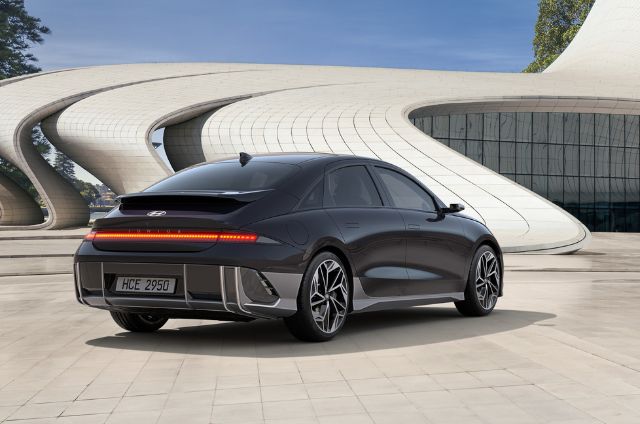While Tesla electric vehicles have garnered a loyal following among civilians, police departments in California are finding them less than ideal for patrol duties. With the state aiming to phase out most new combustion engine cars by 2035, the search for suitable electric police vehicles has intensified. However, interviews with police chiefs from three Northern California cities reveal a range of challenges with the Tesla Model 3 and Model Y as patrol cars.
Lack of Official Police Package
One of the primary concerns is the absence of an official police package from Tesla. Most automakers offer specialized packages tailored for police use, complete with the necessary equipment and modifications. In contrast, California police departments have had to purchase standard Teslas and rely on aftermarket companies for modifications. For instance, the Ukiah Police Department turned to Unplugged Performance, located 500 miles away, to customize their vehicles.
The lack of interior space in the Model 3 and Model Y poses significant challenges for police work. According to reports, the Model 3 can only accommodate one prisoner in the back seat, while the Model Y’s tight fit makes it difficult for officers in duty belts and bullet-resistant vests to operate effectively. One chief described the Model Y as “nearly unusable” for patrol purposes.
This sentiment isn’t unique to California. In 2022, officers from the Spokane Police Department gave their Model Y vehicles “scathing reviews,” citing similar concerns about space and functionality.
They Opt for Other EVs
As dissatisfaction with Tesla patrol cars grows, some departments are looking at alternatives. The Fort Bragg Department has embraced the Ford F-150 Lightning pickups, acquiring five since 2022. These electric trucks not only provide ample space for officers and equipment but are also more cost-effective to maintain, thanks to government incentives for electric vehicle purchases. The department aims to transition its entire fleet to electric within two years.
The F-150 Lightning’s spacious bed can be utilized for various tasks, such as storing equipment or collecting abandoned items, further enhancing its practicality as a patrol vehicle. Additionally, the familiarity of the Ford brand eases maintenance and repair concerns for aftermarket suppliers.
The landscape for vehicles is evolving. The City of Irvine recently added a Tesla Cybertruck to its fleet, showcasing the potential for larger electric vehicles in law enforcement. Furthermore, Stellantis is teasing a Dodge Charger Daytona car, likely aiming to retain its share of the police vehicle market with a new, electric option.
As California’s police departments explore the future of their fleets, it’s clear that while Tesla has made strides in civilian markets, significant challenges remain for its vehicles in law enforcement settings.



